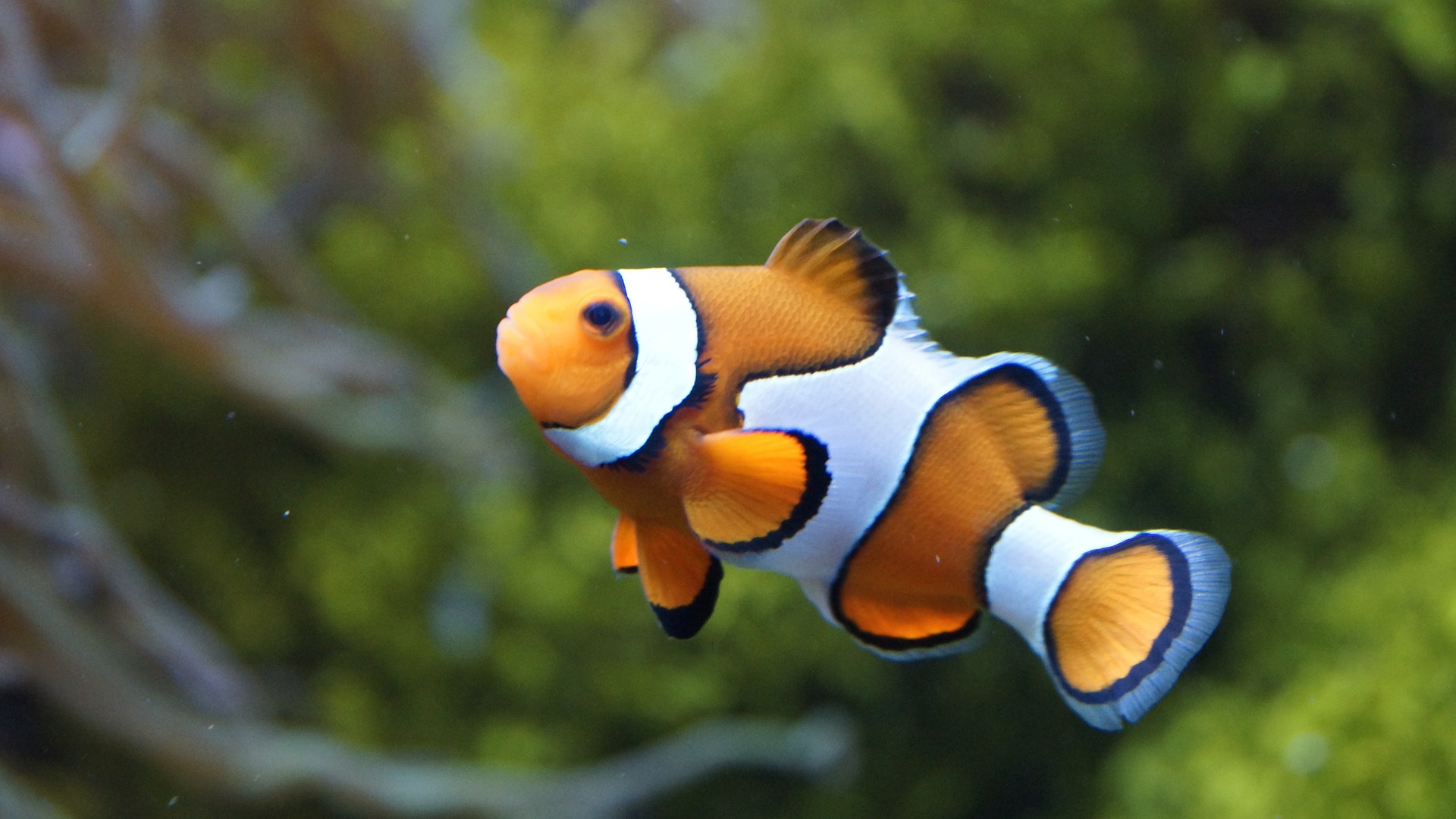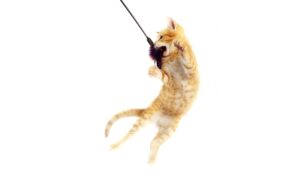MASNA, Aquarist of the Year Nominations Open
Pet Age Staff //May 15, 2019//
Press release: MASNA
MASNA intends to award two leaders a highly sought after award for those contributing to the marine aquarium industry for their impact on the sustainability of the hobby at its annual conference in Orlando in August. Those considered for this award must first be nominated for consideration by current MASNA members, no later than May 31st, 2019.
Annually, MASNA awards the prestigious MASNA Award and Aquarist of the Year Award to deserving individuals for their work in helping shape and influence the marine aquarium hobby in a way that positively contributes to the ongoing sustainability of the hobby to the future marine environment. Together with MASNA, previous winners of the MASNA Award confer to decide who has given the most to the hobby and industry to be deserving of that years’ awards. The 2019 nomination process is now underway and will remain open through the month of May for MASNA members. This year’s winner will receive their award at MACNA in Orlando on August 31, 2019.
The MASNA Award and the Aquarist of the Year Award are announced each year at MACNA (Marine Aquarium Conference of North America) and awarded during the Saturday banquet. Our 2018 MASNA Award winner, Frank Baensch and our 2018 Aquarist of the Year winner, Jamie Craggs received their awards at MACNA 2018 in Las Vegas, NV.
Baensch was the 2018 MASNA Award Winner who is honored for his research contributions and early success in larval cultural and reading of captive-bred species. Here is his biography:
Born in Germany and raised in the Bahamas, both of Frank’s parents, being both biologists, had a strong appreciation for nature. Thanks to them, he was exposed to the ocean and learned about marine life at a very young age; exploring the local reefs and collecting and keeping aquarium fishes. He continued to maintain aquariums for student research projects and in his dorm room throughout high school and college.
His senior year in college he spent several weeks at the University of Hawaii’s Institute of Marine Biology, where he toured the aquaculture lab and discovered fish larvae. Excited to learn how to raise fish, he specialized in his newfound interest in graduate school with a degree in aquaculture.
Meanwhile, he started keeping pygmy angelfishes in his saltwater tank at home. The Centropyge were the perfect aquarium fish; being small, beautiful and full of interesting behavioral quirks, and so they became the focus of his graduate thesis.
Following graduate school, he set up his own hatchery and taught himself how to raise clownfishes, dottybacks, bennies, gobies, and grammas. He also kept a few Centropyge pairs and dabbled with the eggs whenever he could. Bit by bit, he developed a rearing process for the genus. After rearing his first batch of angelfishes, he saw a chance to farm angelfishes and opened Reef Culture Technologies (RCT). Over the next decade, RCT produced a number of rare, higher-valued pygmy angelfish species to fund its aquaculture research. Most of this research has been published.
Wanting to apply what he had learned to more fish species, he started the Hawaii Larval Fish Project (HLFP). The project uses eggs collected from the ocean, which allows him to work on larval species without having to spawn them at his small hatchery. The process also allows him to document the various morphologies, pigmentations patterns and behaviors that makes culturing the larvae so thrilling. He provides regular updates about the HLFP on his website.
Somewhere along the way, his passion for fish led him to become an underwater photographer. Photography allows him to capture the ocean’s natural beauty as well as show the negative impacts that we have. The oceans need people to care and powerful photographs to help them do this.
He began culturing fish “dreaming” to see cultured fish replace collected fish. But experience has made him realize that, despite all of the recent culture breakthroughs, profitable farming of most saltwater aquarium fish is still a long way off. Less in search of the “holy grail”, he now cultures fish mainly out of interest, fascinated by fish larvae and curious to learn how to keep them alive. He spends months at a time in his small hatchery, documenting larval stages and chipping away at culture bottlenecks to improve techniques; fortunate to have the know-how, time and finances to keep making progress. Closing life cycles provides a wealth of information vital to farming. But more importantly, it creates hope and excitement and keeps the dream alive.
Craggs was selected as the 2018 Aquarist of the Year award recipient for achievements in advancing the sexual reproduction of corals. Here is his biography:
Craggs is currently the aquarium curator at the Horniman Museum & Gardens, London, UK. In addition, he is a science associate at the Natural History Museum, London and in 2016 was elected a fellow of the Linnean Society of London, the world’s oldest active biological society.
His main research interest is the reproductive biology of reef-building corals and in 2012 he founded PROJECT CORAL, a multi-year research project focused on developing techniques to predictably induce broadcast coral spawning events in closed system aquariums. The initial goal was to understand what triggers corals to spawn in the wild and emulate that in captivity. Now moving on, techniques are being used to support climate change research and reef restoration efforts. To date, gamete (egg and sperm) development has been induced in 18 Acropora species, with planned spawns leading to in-vitro fertilization capacity and the production of genetically diverse coral in captivity.
Last year a partnership between the Horniman and the Center for Conservation (CFC) at Florida Aquarium commenced to develop land-based coral spawning to support reef restoration of the critically endangered species Acropora cervicornis. Jamie is very proud to see the techniques he has developed in London being applied to species conservation work and feels the planned developments at CFC will be game changing in how we approach coral reef restoration in the future. Linked to this partnership over the past year he has been working on the concept of co-culturing, rearing sea urchin juveniles alongside newly settled coral spat and investigating micro herbivory to increase coral survival to support upscaling efforts for restoration. Spawning corals in aquariums have enormous potential for the aquarium industry.
Sharing this knowledge with the wider community remains central to Jamie’s ethos. He regularly speaks at conferences and shares his findings of captive coral spawning through magazine articles and on social media. His recent scientific publications on system design and methods to induce Acropora to spawn in aquariums and techniques of transporting gravid colonies to start captive breeding programs have been published in open source journals, ensuring free access to all. Alongside his other roles, Jamie is reading for a Ph.D. at the University of Derby focusing on the topic of Project Coral.



















